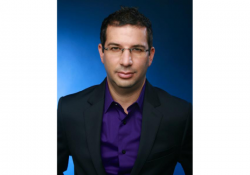Eren Niazi, Part II: the Untold Story

It was 2014, and everything seemed fine with Eren Niazi and the company he founded, Open Source Storage or OSS, although at the time, both the industry and the market were changing. Not only were open-source technologies used in every form and fashion to enable what has become the cloud, its users also were connecting in droves to take advantages of the many services it offered. We matured into an always connected society.
As markets evolved and consumer needs evolved, OSS needed to do something to continue to be relevant. Eren and his team came up with a solution to enable more involvement within the Open Source community by building a never-done-before social platform that closed the gap between file sharing and social networking. It also added a gamification component to help encourage participation on top of quality.
Note: gamification is the process of taking something that already exists, be it a website, enterprise application or online community, and integrating it with game mechanics to motivate participation, engagement and loyalty.
A patent was filed to capture this unique new platform: US15073028. Its status is now considered Abandoned (you'll learn why shortly). From the patent description:
Embodiments of the inventive concept provide a system and method for gamifying community driven open source software development projects, thereby spurring innovation and quality open source and freely available products. Embodiments of the inventive concept not only incentivizes the most desired tasks, such as coding, but also the less desirable actions like code review, documentation, quality assurance, testing, security analysis, and the like. In this manner, all steps along the software development path can be incentivized. Even scheduling and meeting deadlines for enhancements, bug fixes, and security auditing can benefit from an award system. Embodiments include a development gamification system including a user interface logic section to provide a development gamification interface to incentivize a community of users to develop open source software projects.
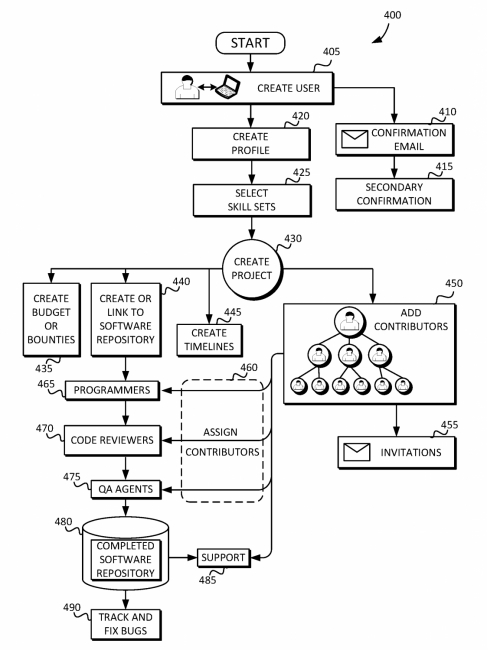
Figure 1. A General Illustrated Overview of US15073028
But in order to build this promising new platform, OSS needed outside investment to fund it. Eren approached numerous investors, all of which decided to participate. With this new funding, Open Source Storage decided to move its operations to a new location in Campbell, California.
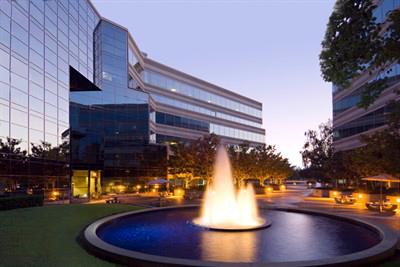
Figure 2. Open Source Storage Headquarters (2014–2016)
It wasn't easy, but after about two years of research and development, OSS started to sell the product (circa 2016)—at least the cloud component of it. Eren describes it as a stressful time for all those involved and that the stress hit him the hardest.
In such situations, two years of development likely will take its toll not only on the those directly involved with building a product, but it also will drive investors to start asking more questions and become restless. The nature of the game, while simple, is not a stress free-one. Investors put in money, hoping they'll yield a much larger return once the given product is complete and the company starts selling it. Most investors expect to hear progress reports and will grill the company's leaders to ensure that their investment was a good one. Realistically, two years to develop a product isn't very long, especially considering the complexity of this solution. And, this one was extremely complex as it tied various moving components together. For investors who are new to the game of investment, this type of situation may lead to a bit of anxiety and, rarely, litigation.
In this case, a few investors did grow restless, which reportedly added to the already high level of stress for Eren and OSS. One particular episode led one investor eventually to pursue Eren with legal action in the hopes of reclaiming some of what he and a few others considered to be a lost investment.
At the end of September 2016, Eren claims he broke down mentally, due to the stress of work and now his personal life. He says he hadn't slept for nearly a week, and that it was so severe, it warranted a 5150. Eren reports that he was admitted to the hospital to be tested for drugs and was immediately placed on a 72-hour involuntary hold to ensure that he wasn't a danger to himself or the occupants of his home. He was released 24 hours later, on September 29, 2016. Although, during this brief period, his home was burglarized. Eren says that when he was released, one of his larger investors, Patrick Willis, picked him up and drove him back home (yes, the very same NFL San Francisco 49er, Patrick Willis).
Note: a 5150 refers to the California law code for the temporary, involuntary psychiatric commitment of individuals who present a danger to themselves or others due to signs of mental illness.
Eren told me that on the evening of September 29, 2016 (remember, Eren says that earlier in the day, the house was burglarized, and that he hadn't slept for days), the folks that were living with him at the time believed they heard some noises (as if maybe someone was breaking in again). After the burglary from earlier in that day, everyone's anxiety likely was heightened. In possession of a loaded firearm, Eren says he went to investigate the noises, and that he was attempting to protect the people in the house. After being startled, Eren says discharged the firearm on a football helmet that at one point was worn at the Super Bowl by Patrick Willis.
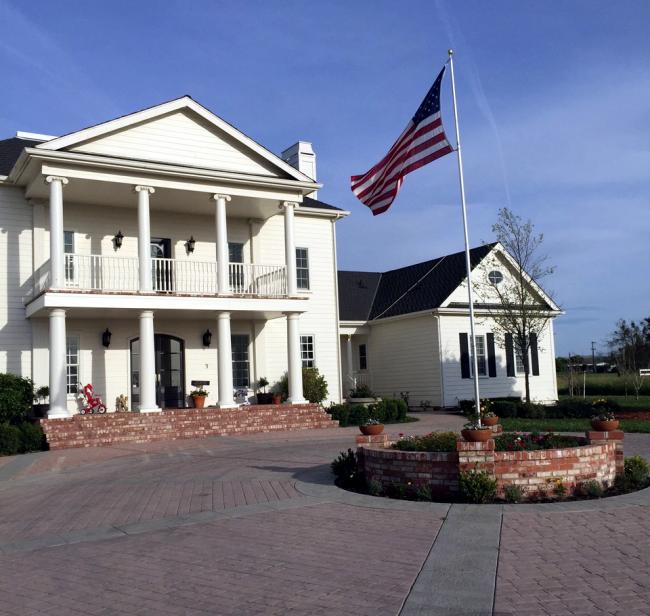
Figure 3. The Home Where the Incident Took Place
Upon hearing the shots and in fear, the others in the household, who I was told were now at the opposite side of the house, immediately contacted the authorities, and shortly thereafter, the police were on the scene. I was fortunate in that I was able to speak with one of the witnesses (who chose to remain anonymous) at the scene during the incident. This individual was dropping off one of the residents, went into the house to use the bathroom and was eventually swept up into the drama. That person stated the following:
I have known Eren for 20-plus years, and I was also a witness to the event. He had been under extreme stress and had a break in reality. At no time did I feel threatened or fear for my life. Eren was trying to protect us from intruders.
Eren was charged (read below) and served 50 days in the local San Benito County Jail located in Hollister, California, without bail. According to Eren, the county was afraid to release him, because they didn't understand the nature of his mental stability, and because back at home, he still would be in possession of one or more firearms.
In the interim, Open Source Storage was struggling. Employees were walking out. Their leader was in jail, and they had little to no direction. While he was in jail, the same Patrick Willis mentioned earlier filed a lawsuit against Eren (just Eren, and not against Open Source Storage) and his personal real estate with the Santa Clara County Superior Court. This too reportedly scared more employees and encouraged them to find work elsewhere. Remember, the (private) cloud component was already being sold before this series of events unfolded. The social networking aspect was complete and about to go live. It must have been a stressful time for everyone working at OSS. Unfortunately, the full gamification platform never would see the light of day.
Note: all of the following is taken from public records: the case number against Eren Niazi (claiming a breach of fiduciary duty) is 16-CV-301681, and the case number against his property (claiming damage to property) is CU-16-00169. A fiduciary is a person who holds a legal or ethical relationship of trust with one or more other parties. Typically, a fiduciary essentially takes care of money or other assets for another person.
At the end of the 50 days, Niazi was given bail for $50,000, and upon paying it, he was given the choice to go to trial or to take a plea deal. He chose the plea deal. Eren Niazi initially was charged with gross negligence in the usage of a firearm and in the presence of a minor (there was a child under the age of eight in the opposite end of the house). But after his time served and taking the plea deal, all felonies were dropped, and Eren walked away with a single misdemeanor. It was also concluded that no child was in danger during the events of the same night.
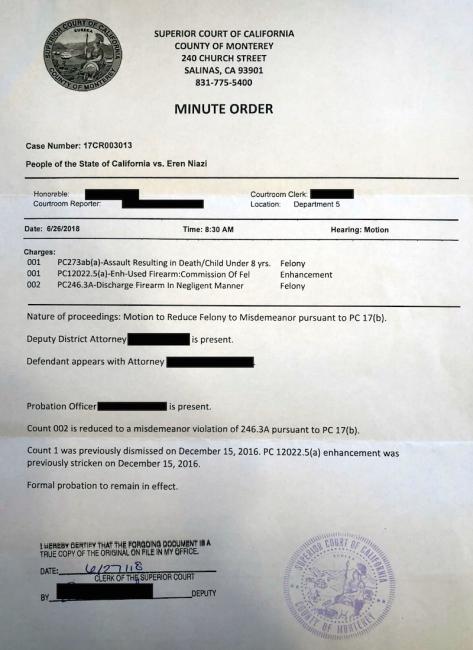
Figure 4. The Court Ruling on the Charges against Eren Niazi
During his incarceration at the San Benito County Jail, Niazi was referred to the psychiatrists at the Department of Psychiatry and Behavioral Sciences at the Stanford University School of Medicine for a mental evaluation. In both November and December 2016, Niazi voluntarily underwent a full psychological evaluation. The results came back as Bipolar I Disorder with his most recent episode dipping into the manic side of the spectrum. Knowing that now, this diagnosis helps to explain the lack of sleep, inability to cope with the high levels of stress and possible delusions Niazi may have experienced the night of his most recent episode and the incident.
Note: Niazi assured me he has since been treating his mental disorder and is mentally in a much better place today.
In the legal cases filed against Eren Niazi by Patrick Willis, both parties reached a confidential settlement through mediation, and it was signed on March 17, 2017, the details of which cannot be disclosed. The legal system (operating at the speed at which it does) officially filed the dismissal to both cases in September of the same year.
To discover more about how others perceived Niazi after the incident, I spoke with Mark Iwanowski. A former CIO of Oracle and a 30-year entrepreneur and venture capitalist veteran, Mark sat on Open Source Storage's Advisory Board between 2015–2016. He says he first met Eren about 13 years ago and watched Niazi grow with the evolving industry. In the early years and while at Oracle, Iwanowski was working in parallel to Niazi (and competitively in a way) to push more open source into the enterprise. Both OSS and Oracle were attempting to achieve similar goals and progressing through the same learning curves (and growing pains). Mark said:
While serving as Oracle's CIO, I became aware of Eren and Open Source Storage. I first met him in person a few years later. Initially, I was pretty much an observer from the outside and watched what was going on in the marketplace. Nothing closer than that.
On occasion, we would bump into each other. In 2015 though, Eren indicated he was having challenges with the business and was looking to address it and bring it all back. Having a lot of respect for what he had done to help drive the open-source space and being the bright guy that he was, I offered to take an Advisory role. By this time, I was no longer with Oracle and moved into the sector of investing in businesses. As a result of the career change, I did a lot of consulting and strategic work with many startups. So, I sat on the Advisory Board with an advisory status. The company did not have formal board position.
As for my experiences in working with Eren...
Everybody has their strengths, and I help to fill in areas where things may be lacking. Eren was one of the smartest and brightest people I have ever worked with. He was very knowledgeable in the operating system space and the way he applied that knowledge was exceptional. He is very talented and understood the many nuances in your standard open-source system when geared and focused for an Enterprise environment.
Now, what does the future hold for Eren? About four months ago, both Jim Truong (see Part I of this article) and Eren founded Open Source Evolution (OSE) with the primary goal to keep the Open Source movement going and have it continue to flourish and innovate. And, sure, there is a lot more to it than that. Jim explained it best, stating:
We are in the very early stages of the company. I approached Eren a short bit ago to not only fill the role as our CTO but to also lead the efforts in our cross-platform software design and integration. Nothing that we are doing is truly revolutionary. We are offering a different view of how to engage the customer with our open source offerings.
So, what does OSE do? And what problems is the company attempting to solve? OSE consists of a highly skilled team of open-source architects and developers. They are experts in their field and understand that in order to help their customers acclimate into a disruptive market, a team of disruptive thinkers are required. They provide customers in both the startup space and the enterprise with the guidance, knowledge, infrastructure, support and tools needed to succeed.
Jim continues:
Open source is now here to stay. It is not a fad anymore. The days of it being a side project are long gone. It is the way businesses run today, and it will continue to be the way businesses run in the future. All of this was made possible by the community supporting the varying technologies. Open source has even taken over the corporate giants, which include Microsoft, Oracle, IBM, Dell, among others. These behemoths are now becoming involved and engaging the community. This is both good and bad. The good is fairly obvious. But there is a problem: in some cases, they may be wedging their legacy solutions and mindset into the open source ecosystem. This could inhibit growth and innovation. This is where OSE steps into the picture.
Open source has a history of weeding out the bad (or inferior) when it comes to competitive technologies. It is an only the strong will survive ecosystem. With large corporations placing their foot in the door, the intentions of that one company may play an undesirable influence toward the outcome.
Besides, when the large corporations enter the scene, they will limit the scope of their products and offerings to their customers. There is no flexibility. The customer, big or small, must pick from a predefined package, even if the package does not completely suit their needs. OSE strives to address both predicaments.
Not only will we build Enterprise-grade solutions, regardless of the company's size, we also will do so to best cater to their requirements and fully support. Every offering is customized. There will not be any predefined packages. To keep with the philosophy of open source, we wish to give our customers the freedom of choice and with more options. And with Eren leading the effort, we will have the expertise to design things from the ground up. We are here to solve your problem and not sell you just another solution.
But in parallel to all of this, we wish to foster growth within the community. There are so many rising stars coming out of the shadows, contributing to existing open source projects or creating new ones. We are here to both nurture and support them. And when part of OSE, that individual will have the resources of the entire company to ensure that they are able to succeed both personally and with our customers. Talented developers do not often get the same type of attention while working for some of the bigger guys and end up continuing to pursue their open source passions on the side.
We strive to not be your standard software and consulting company. The future is software and application development. It is also the support of these applications. We provide our customers with the a team of experts.
During all of my conversations with Eren, I routinely received and understood the same message. It was never truly about personal gain. It was always about the Open Source movement and making sure that its flame never died out.










